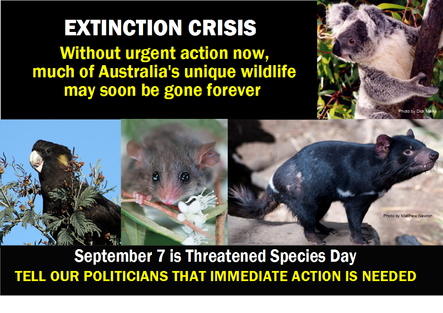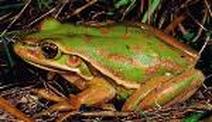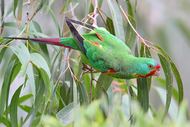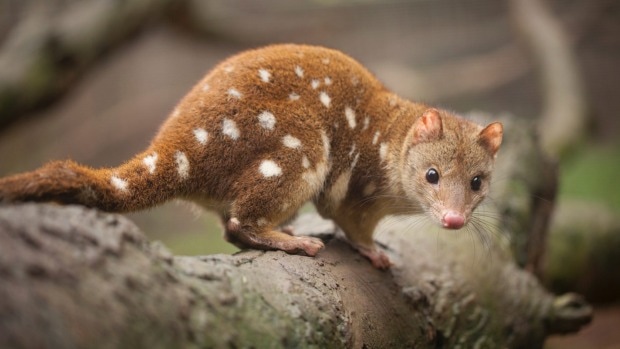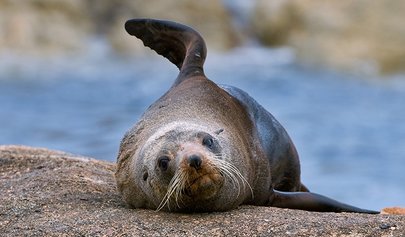Australia's native plants and animals
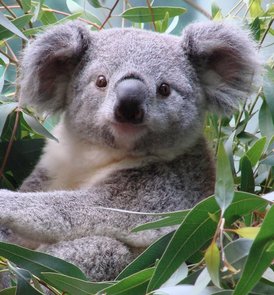
More than 80% of Australia's native mammals and 90% of our native plants occur nowhere else on Earth.
Australia is in the grip of an extinction crisis. Many of our unique and irreplaceable native animal species like the bilby, the northern quoll, the Leadbeaters possum, the Tasmanian devil, and even in some areas the koala have been driven to the brink. The Greater Glider has just been listed as threatened.
Nationally there are nearly 2,000 Australian species and ecological communities at risk of extinction. 1000 species are at risk in NSW alone.
Why are they threatened?
There are many reasons for this crisis. Predation by feral animals like cats and foxes is one of them, but historically the main reason is loss of habitat due to logging for timber and low value products like woodchips, and clearing for agriculture, infrastructure and development.
Climate change may also happen too quickly for some species to adapt and may make existing threats such as land clearance, farming and pollution worse.
Many species of possums and birds require large old trees with hollows for breeding and shelter and these trees are increasingly in very short supply. The Swift Parrot among other species, is threatened with extinction for this reason.
|
Why does extinction matter?
A certain level of biodiversity is necessary to keep our ecosystems healthy. This is because each species performs a different function within an ecosystem. Extinction has always occurred; the important thing today is that the rate has greatly accelerated. This increased rate of extinction has already led to unstable ecosystems as well as to the loss of many species. |
Plants are threatened too
Dorrigo waratahs are found only on the Dorrigo plateau in northern NSW. Threats include clearing of land for agriculture and development.
|
Ecological Communities can be threatened too!
What is an ecological community? An ecological community is a naturally occurring group of native plants, animals and other organisms that are interacting in a unique habitat. Its structure, composition and distribution are determined by environmental factors such as soil type, position in the landscape, altitude, climate and water availability. |
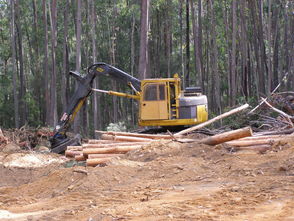
Can we prevent extinctions?
Some extinctions have been prevented, such as the Wollemi Pine in NSW, by the work of government agencies.
The federal government prioritizes its resources so that some species survive while others are left to perish. It doesn't have to be this way! We need a stronger response to eradicating feral animals and weed infestations, but essentially, for species to survive the most important action is to protect or restore habitat. It can be done!
A change in government policy is needed to ensure that:
Some extinctions have been prevented, such as the Wollemi Pine in NSW, by the work of government agencies.
The federal government prioritizes its resources so that some species survive while others are left to perish. It doesn't have to be this way! We need a stronger response to eradicating feral animals and weed infestations, but essentially, for species to survive the most important action is to protect or restore habitat. It can be done!
A change in government policy is needed to ensure that:
- There is a transition out of unsustainable native forest logging for timber and into profitable plantations
- Developments with poor environmental outcomes are not approved
- Land clearing is strictly controlled and limited
- Habitat is restored, particularly forests and woodlands cleared or degraded for timber production, agriculture and development
- A national ban is placed on the use of native forest wood for power production and biofuels
- More resources are allocated to the eradication of feral animals.
- Offseting of habitat areas for mining and development is banned.
